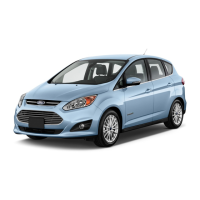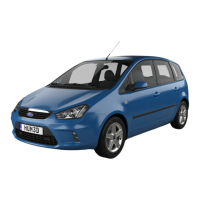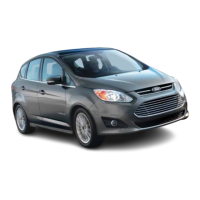Except vehicles with a
Flexfuel engine
Cold/hot engine
WARNING
At temperatures below -20 ºC,
turn the ignition key to position
II for at least one second. This
ensures that maximum fuel pressure
is established.
Depress the clutch pedal fully and
start the engine without touching the
accelerator.
If the engine does not start within 15
seconds, wait for a short period and
repeat the procedure.
If the engine does not start after
three attempts wait 10 seconds and
follow the Flooded engine
procedure.
If starting difficulty is experienced at
temperatures below -25ºC, depress
the accelerator pedal ¼ to ½ of its
travel to assist starting.
Flooded engine
Depress the clutch pedal fully.
Slowly depress the accelerator fully,
hold it in this position and start the
engine.
If the engine does not start repeat
the Cold/hot engine procedure.
Vehicles with a Flexfuel
engine
Starting at low ambient
temperatures
When the temperature is expected
to be lower than -15°C and the
vehicle is filled with bio ethanol E 85,
an engine block heater should be
used to facilitate starting.
If the temperature is expected to
remain below -15°C, it is
recommended that you increase the
proportion of petrol in the tank by
topping up with 95 octane unleaded
petrol if the tank is not already full.
About 10 litres of petrol will reduce
the proportion of bio ethanol E 85 in
a ¾ full tank from 85% to 70%.
If, at very low temperatures, the tank
is filled with only bio ethanol E 85 and
there is no way to use an engine
block heater, you may experience
difficulties starting the engine.
If the engine fails to start, proceed as
follows:
1. Depress the accelerator pedal 1/3
to ½ of its travel.
2. Turn the ignition key to position
III.
3. Release the ignition key as soon
as the engine has started and
release the accelerator pedal
gradually as the engine speed
increases.
4. If the engine fails to start, depress
the accelerator pedal fully and
repeat steps 2 and 3.
143
Starting the engine

